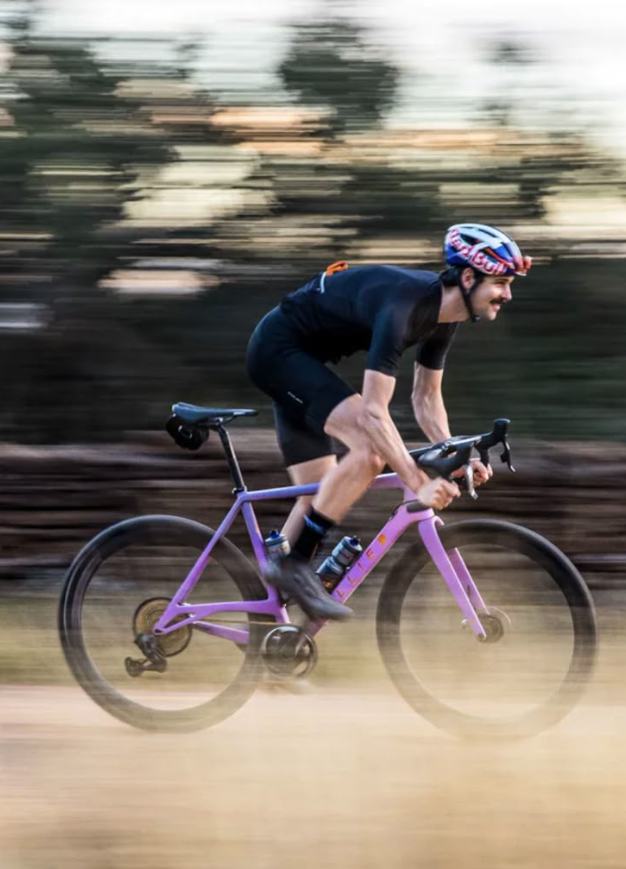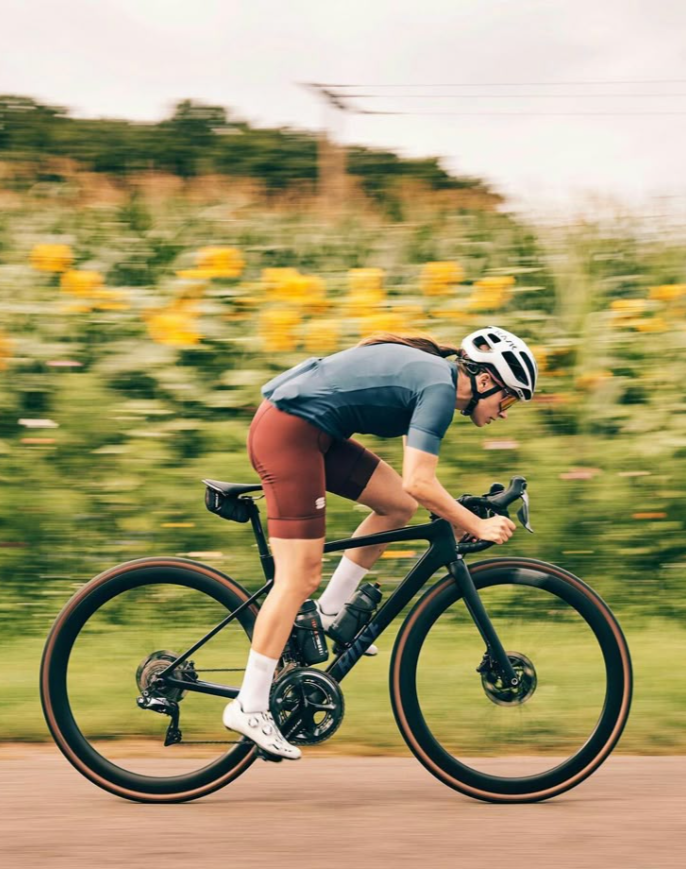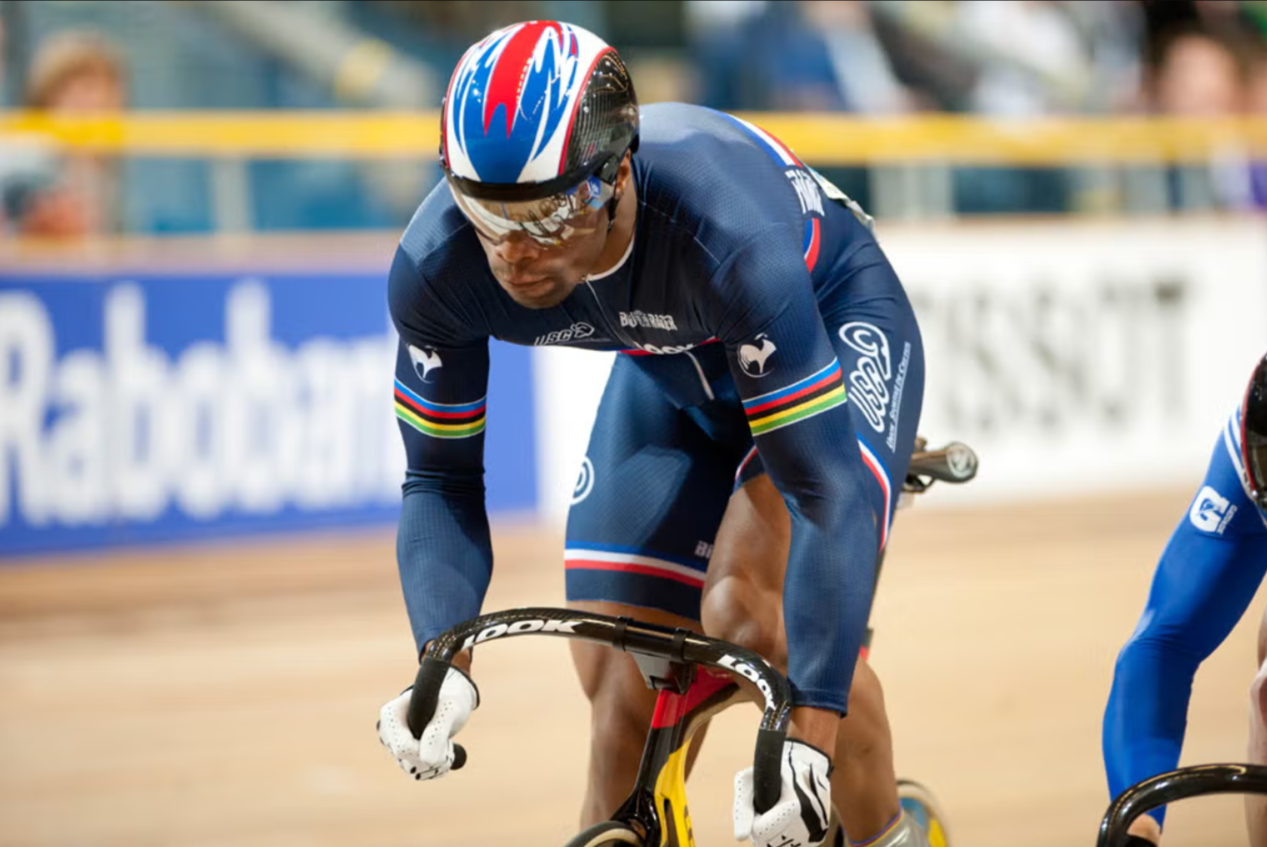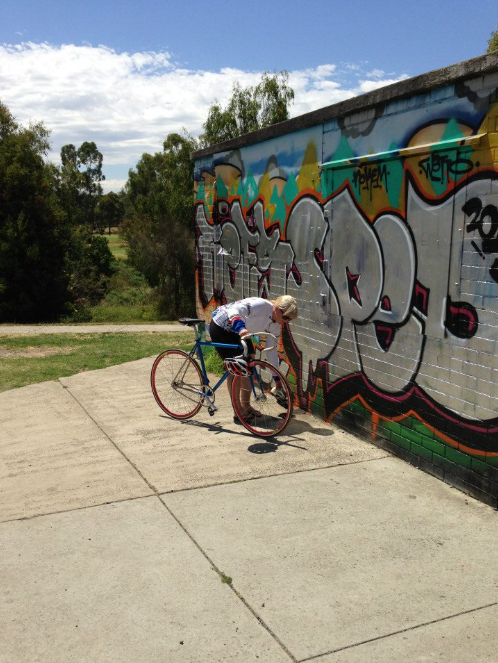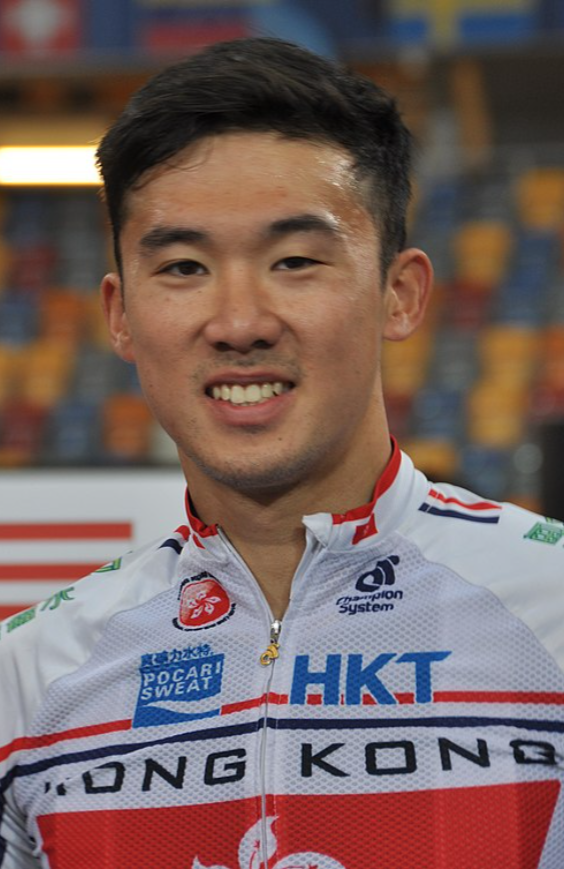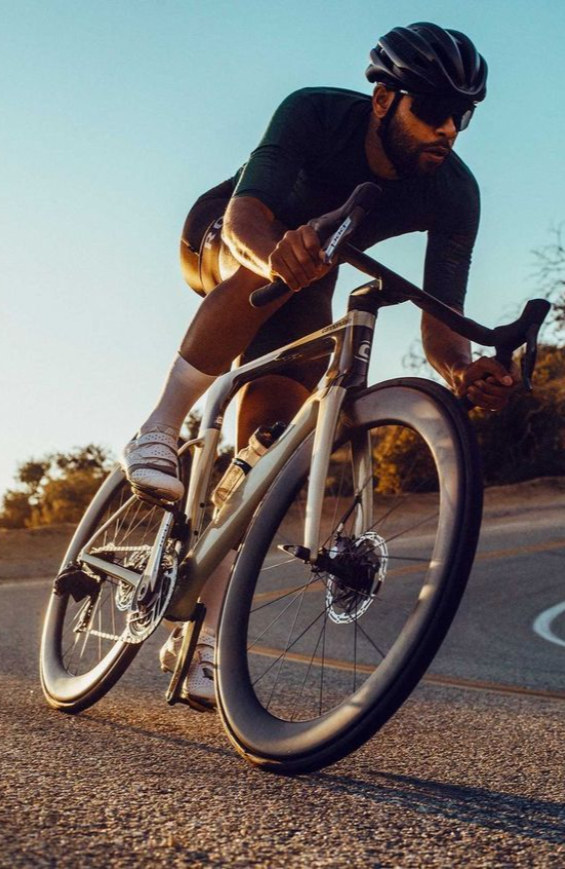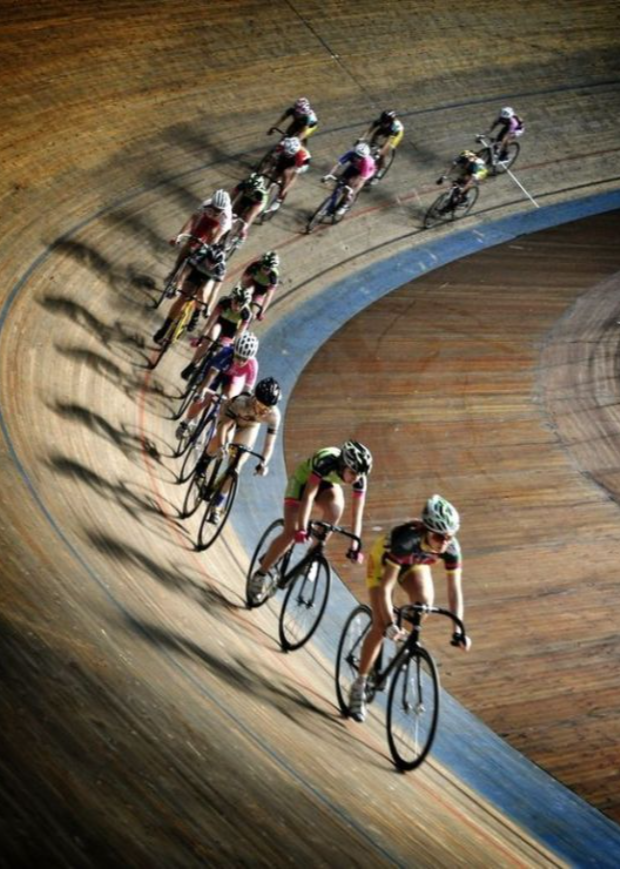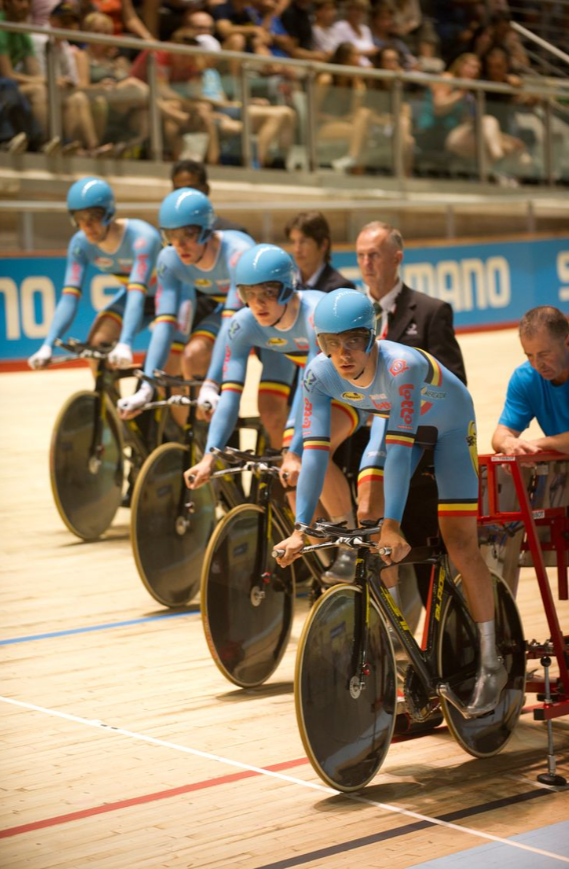USA Cycling Celebrates Major Taylor
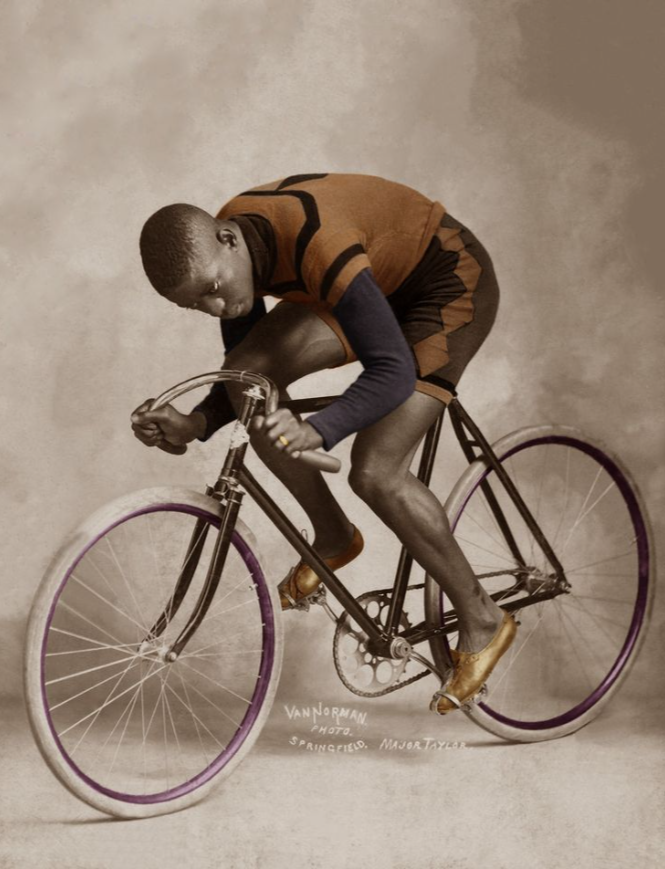
Oliver
May 13, 2025
4th March 2013: In the lobby of USA Cycling’s headquarters, a display is being planned which will feature photographs, relics and memorabilia of some of America’s greatest riders across the sport’s five disciplines.
Among the many featured cyclists is Marshall “Major” Taylor. While his name is rarely discussed amongst pioneering African-American athletes like Jackie Robinson and Jesse Owens, Taylor’s impact on his sport and the broader world around him was as important as any of them. Not to mention that as an 1899 World Champion, he was one of the top cyclists of his generation.
While it may have taken close to 100 years after the height of his career to finally be appreciated for all his contributions, Taylor is now recognized for all that he did for the cycling community and beyond.
Here is Major Taylor’s story.
Taylor was born in Indianapolis in 1878, in an era defined by racial turmoil after slavery had been abolished just a little over a decade prior to his birth. The grandchild of slaves and the son of a Civil War veteran, a young Taylor got his first big break when his father began working as a coachman for a prominent white family named the Southards. He immediately became friends with the Southard’s young son Dan, and in time moved in with the family. There, Taylor was provided a luxury toy that most children his age didn’t have access to: A bicycle.
“Taylor is thrown into the white world, into this world where he has this world of new possibility open to him,” Andrew Ritchie, author of the definitive book on Taylor’s life, вЂMajor Taylor: The Extraordinary Career of a Champion Bicycle Racer’ said. “(There) he gets his first bicycle.”
The Southards eventually moved to Chicago when Taylor was just 12-years-old, but while his life of luxury was short-lived, Taylor’s exploits on his bike were only beginning. On it, he quickly garnered a reputation as a talented trick rider (Taylor actually got the nickname “Major” while performing one day in a military-style uniform) and at 13 won his first track race. By the age of 15 Taylor was so prolific he set a track record in Indianapolis; an event which should’ve been a crowning achievement for a young Taylor, but instead was marred with racial controversy. Following the victory, Taylor was banned from ever racing on the track in Indianapolis again.
Despite the setback however, Taylor’s exploits caught the eye of a local businessman named Louis “Birdie” Munger who helped Taylor move to the Northeast, where he would not only race, but could do so in a much more hospitable climate. The pair moved first to Middletown, Conn., before eventually settling in Worcester, Mass.
And it wasn’t long after Taylor moved east that he went from amateur to professional rider, making the jump at a moment in history when the bicycle world was booming. Understand that at the time automobiles weren’t yet being mass-produced, and any type of aviation was both literally and figuratively years away from getting off the ground. That also meant that the bicycle wasn’t just the fastest thing going, but quite literally the height of modern technology. It made sprint cycling one of the world’s most popular spectator sports, and even in his late teens Taylor was already one of the sport’s top draws.
“In many ways Taylor’s life is extraordinary because he was born- and was a young boy- at the right time because of the mid 1890’s bicycle boom,” Ritchie said. “He couldn’t have timed it any better with the timing of his start.”
There was a catch, however.
“He also couldn’t have had it any worse for the degree of opposition and racism he was going to encounter,” Ritchie added.
USA Cycling Celebrates Major Taylor
That latter part, the racism, was something that Taylor dealt with when he traveled across the United States, attempting to compete in some of the country’s biggest races. As one of the top stars in the sport Taylor was promised equal accommodations to any of his peers, yet when he arrived in town for races, those promises quickly evaporated. Taylor was often banned from eating in certain restaurants and staying in certain hotels.
Yet through it all, Taylor kept his cool. Besides one incident where he threatened not to race, Taylor never let the circumstances dictate his actions.
“There’s never any kind of suggestion of any kind of hostile, aggressive or bad behavior,” Ritchie said. “He’s very aware that his presence in the sport and his every day social activities couldn’t possibly benefit from any pushy kind of aggression.”
More than off the track though, where Taylor might’ve overcome more racial adversity than any athlete in the history of sport, was on the track itself. While pioneers like Jackie Robinson get a lot of press as racial pioneers (deservedly so), remember that Taylor was racing nearly 50 years before Robinson broke the color barrier in Major League Baseball, and doing it without any teammates to watch out for him. Because of this, riders often ganged up on Taylor and boxed him in to keep him from winning. In one especially scary instance, Taylor was physically attacked on the track by another rider, in front of a crowd full of spectators. Police eventually had to be called in.
“You have to remember here that Taylor’s injecting himself into a sport that was very healthy economically,” Ritchie said. “A lot of money was changing hands. He was earning an extraordinary amount of money for a man with his background.”
Still, despite the physical and verbal threats, Taylor still won races at an alarmingly high rate. At one point in his career he won 29 of 49 races in all, an incredible feat for anyone, but even greater for Taylor, who literally had to jump out to the lead early in every race and sprint from the front, for fear of getting boxed in by other riders. Eventually, Taylor accomplished cycling’s crowning achievement when he won the 1899 sprint world title. He was just 20 years old.
Following his world championship, Taylor spent the ensuing years as a decorated cyclist abroad, where he raced many of Europe’s top riders. In 1901 he raced a series of sprints with 1900 world champion Edmund Jacquelin, in what the French press described “the most heavily attended sporting event ever held in Paris,” according to Ritchie. Taylor would also go on to race two winters in Australia where things didn’t go nearly as well; in the same way that he faced racial strife in America, he faced the same down under, thanks in part to a large number of American sprinters who made the journey overseas as well.
However, there was a bright spot to his otherwise cloudy time in Australia: Taylor’s first and only child was born on the continent in 1904. Her name? Sydney.
After his return from Australia, Taylor raced for a few more years, before eventually retiring from the sport for good in 1910. But unfortunately for a champion athlete who’d traveled the world as a celebrated superstar, there was no second act in his life. The racial climate of the era limited work and educational opportunities, and beyond that, the same social dynamics which had set his cycling career in motion were ironically the same ones which held him back in retirement. Essentially, cycling was fading.
“Cycling itself was going through a bit of a down cycle after a bit of a boom in the early вЂ90’s,” Ritchie said. “There was a professional six-day circuit, but it was nothing like it was in the 1890’s.”
Whatever the case, the Major Taylor story came to an end in 1932, finishing just as abruptly as it had started a half a century earlier. Unable to get work and with his career earnings dwindling over the later years of his life, Taylor died in poverty in a Chicago YMCA.
He was just 53-years-old.
USA Cycling Celebrates Major Taylor
While Major Taylor never took on a second act during his life, he has taken one historically, as the bicycling community has rallied to tell his incredible story over the past several decades. It started when Frank Schwinn, owner of Schwinn Bicycle Co. had Taylor’s body exhumed and buried in a proper grave in 1948, and has only continued from there.
Taylor’s name remained popular among hardcore racing circles for the next several decades, but it wasn’t until the publication of the first edition of Ritchie’s first book that “Major Taylor” became common lingo among average cycling fans as well. It also became more common in the last few decades, as the sport of cycling has gained in popularity in the United States to levels not seen since Taylor’s own racing days.
“As people have discovered cycling for whatever reason, (they) can easily do the research,” said Anthony Taylor (no relation to Major), a founder of the Major Taylor Cycling Club of Minnesota. “And if you commit to do the research on cycling, you wind up talking about Major Taylor.”
Well, people certainly have been talking about Taylor, and through the past few decades the cycling community continually finds new and unique ways to honor his memory. Cities like Atlanta, Chicago and Columbus (amongst many others) host Major Taylor Cycling Clubs, while other clubs like the “Major Motion” Club of Los Angeles play off Taylor’s name. Not to mention that when a new velodrome was built in Indianapolis- the same place Taylor was once barred from racing- the city elected to name it after him. It is the first building in Indianapolis ever constructed with public funds to be named after an African-American, according to the velodrome’s website.
Where Taylor’s legacy really took a turn though was in 1997, with the formation of the Major Taylor Association, based in Worcester, Mass., a city Taylor lived for most of his adult life. The primary mission of the group is to “establish a permanent memorial to Major Taylor, and educate about his life and legacy,” according to Lynne Tolman, the President of the association.
In 2008, the group did exactly that, when, after a decade of fundraising and creating social awareness, a statue of Taylor was played right outside the city’s public library. There, the statue serves two primary functions: It allows easy access for anyone looking for more information on a local hero, and also serves as a key jumping off point for local riders.
“It’s turned out to be all that we hoped for and more,” Tolman said.
More importantly, it has also led to a deeper understanding within the Worcester community of Taylor’s historical significance, and how unique it is to have an athlete of his caliber right in their own backyard. Beyond the statue, Tolman and her staff even created a “Major Taylor curriculum” designed to give young students an example of someone who overcame adversity to achieve great success. The curriculum is now being taught in over 25 states, but has taken an especially strong hold locally, where young elementary school students seem to be absorbing the lesson well.
“One thing that I think is really cool is that I’ll have parents come up to me,” Tolman said.” (They’ll) say to me, вЂI learned about Major Taylor from my kids,’ who learned about him in school.”
And how ironic is that?
It took nearly 80 years after his death for Major Taylor to be fully appreciated for all that he accomplished in his short life.
And now it seems people will continue to discuss him for generations to come.
Useful links :
Chun Wing Leung Wins Men’s Points
Former Track Cyclist Wins MasterChef
Meet the Man Behind Meares
UEC European Junior Track Cycling Championships 2015
Track Cycling World Championships 2012
